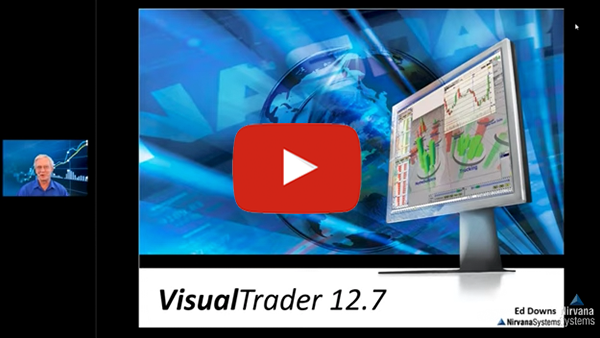Changing Signals (Legacy)
- Home
- Changing Signals (Legacy)
- /
- /
- /
- /
Changing Signals (Legacy)
The topic of “changing signals” in OmniTrader comes up fairly often. This article is intended to offer some insights into why this happens. First, and foremost, all users much recognize that OmniTrader is not a “system.” It is a tool which applies different systems and exit methods, depending on the strategy used, and is designed to generate great CANDIDATES by optimizing the trading systems in the Strategies.
There is no such thing as an “OmniTrader signal!”
The program can very easily generate different signals on the same stock, fund, or futures contract on the same day, depending on the profile settings that are used. Let’s take a stock that has broken to new highs. If you run the Breakout Strategy on this stock, it will likely show “LONG”. If you run the Trending strategy you may not have a signal because the signal is no going in the direction of a trend. Each Strategy generates its own “type” of signals.
Advisor Rating Cutoff Adjustments
In addition, OmniTrader optimizes the Advisor Rating cutoff to yield the best possible signals on the vote line over the backtest period. If one new signal gets added, the profitability of that signal can cause the cutoff value to change (say, from 70 to 75) and poof – signals that were there with an advisor rating of 72 suddenly disappear.
So, what do we do with all this?
OmniTrader is the World’s Greatest Prospecting Tool. Let the program bring the candidates to you, then filter them out or use them, depending on the charts. In OmniTrader Online we try to teach basic chart pattern recognition – consolidations, trendline breaks, gaps, and so on. These patterns will give you a “go” or “no-go” decision point – once you have the candidate. You could do this without OT, but who wants to go through hundreds of charts each night?
OmniTrader’s value is in the TIME IT WILL SAVE YOU looking for candidates. Other software forces you to program your own “solution” or will generate poor signals when the market it was designed for changes. OT gives you the best of both worlds – it’s completely automatic, and it adjusts as the market changes.
Use the Entry Signals; then trade the move. When I trade from an OmniTrader signal, I immediately forget about the signal and start managing the trade. Even if I went LONG and OmniTrader suddenly posts a SHORT signal that is “ten days old,” on the Vote Line, it doesn’t matter. I didn’t enter the trade because OT said to enter it. I entered it because I agreed that the program had found a golden opportunity.
I’ve been at this for 15 years. I can tell you, no mechanical computer trading system is going to make you rich. You make yourself rich by learning to trade properly. OmniTrader is an important ingredient because it will give you the candidates you need – automatically, and quickly, each day.
Think of the program as a personal servant, running each day on your symbol list and presenting candidates — good candidates. How much would you pay such a servant? That’s the program’s value – I know I couldn’t trade without it!
Ed Downs
Since we view OT as a prospecting tool, we are looking for trade opportunities – once OT has presented us with a good candidate, visual chart pattern confirmation or use of other tools (system plots, weekly confirmation, etc.) in OT are used to confirm it.
So, what happens when we take a trade and the signal changes? As Ed Downs says, ‘trade outside of the vote line’. This means that OT has helped us find the candidate but once we are in trade, the vote line is of small concern as OT has basically done its job.
In one example, OT gives us XCY as a candidate and we then confirm it with chart patterns, primary market direction analysis, etc. We take a long position based on our analysis. The next day OT fires a short – are our reasons for entering the long trade still valid? If the answer is yes, the short signal is of little concern. If our reasons are not valid anymore (an OT signal is not a reason to trade, only an opportunity), then the chart would identify that for us, and we would rethink our position regardless of a short signal or not.
The Signal Watch website is a perfect example of this theory in action – the Signals section gives us opportunities, and some are taken in the Trades section as actual positions. However, our Trades section uses the chart and additional analysis to manage trades once we have entered a position. In fact, we do not even show the vote line in that section to better illustrate this point.
A signal in the opposite direction is viewed by some as a sign of weakness, but always keeping in mind that OT is a prospecting tool will help you look beyond the vote line on trade management decisions and become a more successful OT user.







































